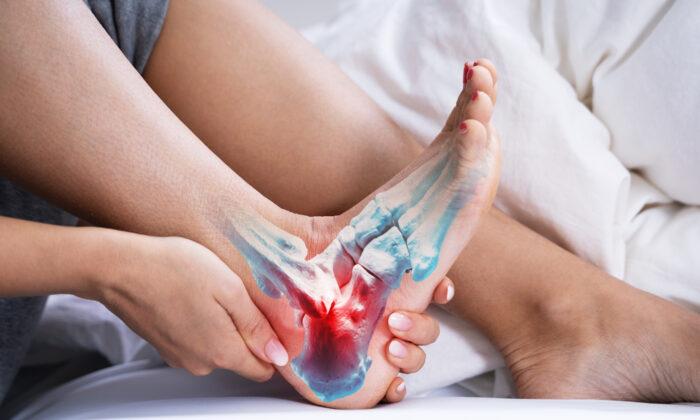Could you use the weekly weather forecast to manage pain? A new study suggests you can.
Researchers at the University of Manchester in the United Kingdom found that pain was worse on humid, windy, or cold days. All of the participants suffered from some sort of chronic pain condition.
The revelation may prove to be a key component in pain management.
Will Dixon, lead author of the study, said, “Given we can forecast the weather, it may be possible to develop a pain forecast knowing the relationship between pain and weather. This would allow people who suffer from chronic pain to plan their activities, completing harder tasks on days predicted to have lower levels of pain.”
Saving your more challenging days for warmer, drier days may help in overall pain relief and management while allowing you to prepare for days when the weather may make things more difficult.
The team found that participants experienced 20 percent more pain on days that were humid compared to drier days. There was also more pain reported on windy, cooler days. Researchers used smartphone apps to collect pain symptoms and weather details.
Joint pain, migraines, and other forms of chronic pain make life complicated. Building a life around flare-ups can seem nearly impossible. Many feel powerless against it. But implementing some planning into your regular pain management protocol may accentuate your efforts and make things a little easier. Using the weekly forecast to help predict which days may be worse than others can help you plan accordingly.
Of course, relying on the weather never really got anybody anywhere—especially these days. With the weather becoming less predictable and seemingly more subject to massive fluctuations, you’re still going to want to take further measures than the weatherman for pain relief. Therefore, keep up with your current pain plans, which hopefully include activity multiple times per week, stretching, an anti-inflammatory diet (like the Mediterranean diet), and any other useful measures you’ve implemented.





